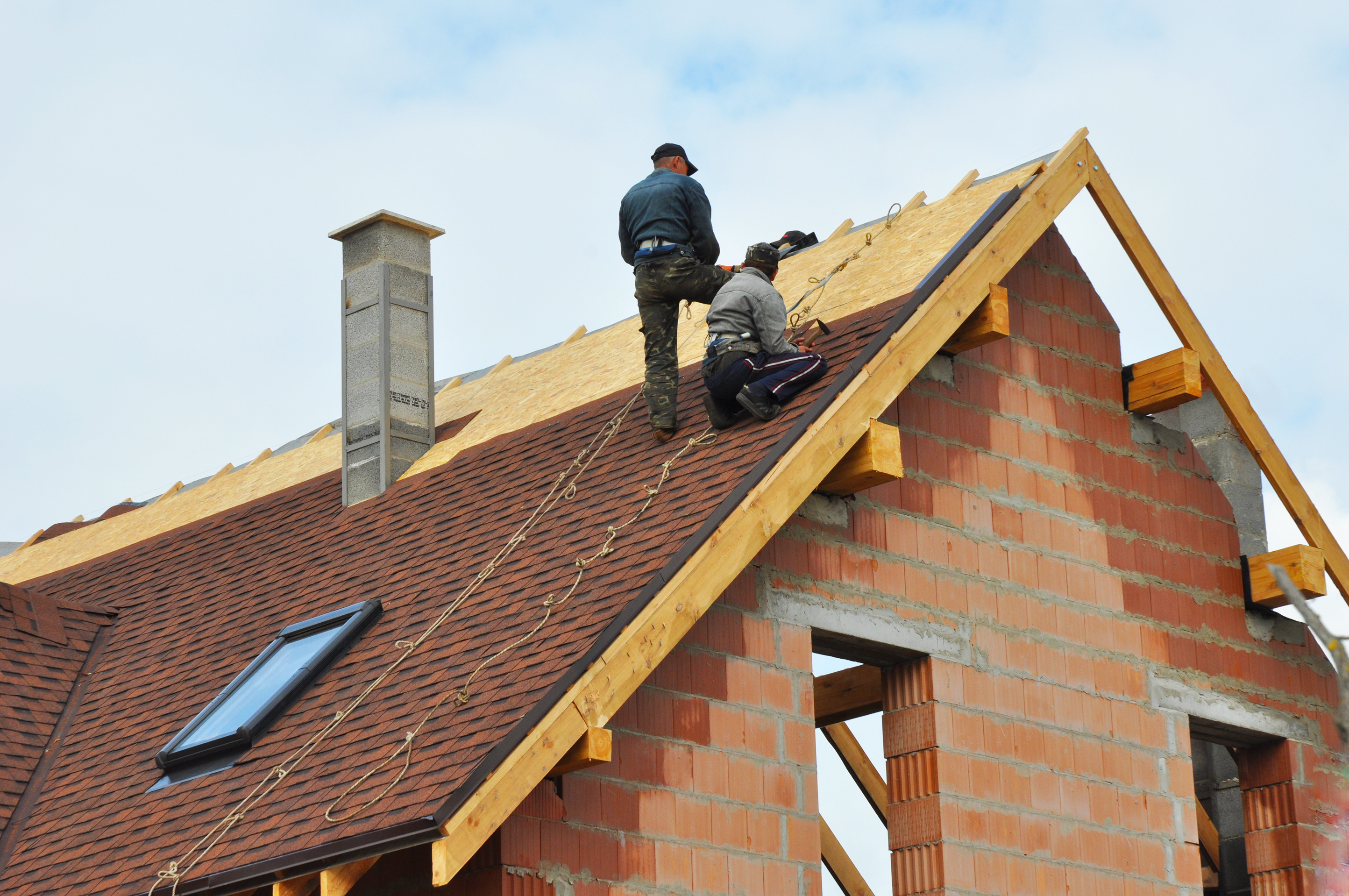Finest Practices for Ensuring Correct Roofing Ventilation
A well balanced intake and exhaust vent ratio, commonly 1:300, plays a crucial role, with intake vents preferably positioned at the lower edge of the roofing system for cool air entrance and exhaust vents at the top for cozy air departure. Keeping insulation away from vents is vital to protect against airflow limitation.
Understand Ventilation Basics
Properly recognizing ventilation basics is crucial for making sure the durability and performance of roof. Reliable air flow minimizes dampness accumulation and temperature level extremes in the attic, both of which can cause considerable architectural damage over time. A well-ventilated roofing system aids in protecting against usual issues such as mold and mildew growth, timber rot, and ice dams, which can jeopardize the honesty of the roofing materials and the underlying structures.
The key objective of air flow is to promote the activity of air, enabling a regular exchange between the exterior and interior atmospheres. This equilibrium is achieved via a mix of intake and exhaust vents that function with each other to preserve ideal air movement. Consumption vents, usually located along the eaves or soffits, allow fresh air to go into the attic space, while exhaust vents, often situated at or near the roofing ridge, allow hot, moist air to run away.
Secret aspects affecting the effectiveness of roofing ventilation consist of correct placement, appropriate sizing, and making sure that both intake and exhaust vents are unhampered. Regular assessment and maintenance are critical to identify prospective clogs, damage, or inefficiencies in the air flow system, consequently safeguarding the roofing's performance and resilience.
Kinds Of Roofing System Vents
Roof vents play a critical role in maintaining effective attic air flow and, by expansion, the total wellness of the roof system. Numerous kinds of roofing system vents are available, each with special advantages tailored to details roof needs.

Soffit vents are mounted under the eaves and operate in tandem with roof covering vents to make sure a balanced intake and exhaust system. By allowing cooler air to get in from below, soffit vents assist in the expulsion of hot air via top vents. Gable vents, situated on the exterior walls of the attic, deal another effective solution, specifically in homes with gable roofs.
Examine Your Existing Air Flow

Following, take into consideration the age and condition of your roofing materials and ventilation advice components. Older systems might not abide with current building ordinance or might have degraded in time, reducing their efficiency. Conduct a complete examination to identify any kind of indications of deterioration, such as rust, damage, or spaces that could compromise the system's performance.
Additionally, measure the attic room temperature and moisture levels. Heats and moisture can show insufficient ventilation - roofing companies. Use a hygrometer and thermometer to obtain exact analyses, contrasting them with outdoor conditions. Persistent discrepancies recommend possible issues that need addressing.
Installment Best Practices
Effective setup of roofing air flow systems is extremely read the article important for making sure ideal efficiency and long life. Appropriate setup begins with comprehending the specific air flow needs of the roof and the structure it covers. This involves determining the right proportion of consumption to tire vents, normally sticking to the 1:300 guideline, which stipulates one square foot of ventilation for every single 300 square feet of attic floor room.

Intake vents must be mounted at the roofing's reduced side, frequently in the soffits, to enable cool air to enter. Exhaust vents, on the various other hand, should be set up near or at the roofing system's optimal to facilitate the exit of cozy, damp air.
Seal all air vent links diligently to stop air leaks and prospective water seepage. Usage top quality materials and comply with maker guidelines to guarantee resilience and efficiency. In addition, incorporating ridge vents with baffles can considerably enhance airflow performance by preventing wind-driven rainfall and snow from getting in the attic room.
Ultimately, specific setup of roof covering air flow systems mitigates prospective concerns such as mold and mildew development, ice dams, and structural damage, making sure the roofing system's stability and the building's general health.
Regular Maintenance Tips
Consistency in upkeep practices is basic to guaranteeing the long-lasting performance of roof ventilation systems. During these inspections, make sure that vents are cost-free of debris, nests, and various other blockages that might hamper air flow.
Cleansing the vents is an additional necessary task. Utilize a soft brush or a vacuum to get rid of dirt and particles from consumption and exhaust vents. Be cautious not to harm the air vent screens or louvers throughout the process. In addition, evaluate the attic room space for any type of signs of water damages, which could compromise the integrity of the roof.
Appropriate insulation is equally vital. Guarantee that attic room insulation does not obstruct the vents, as this can seriously restrict airflow. Rearrange or change it to keep an effective obstacle. if any insulation has shifted or worked out.
Last but not least, replace any damaged or missing parts quickly. Broken vents, Check This Out cracked tiles, or worn-out blinking can all add to inadequate ventilation and should be dealt with immediately. Normal maintenance makes sure that the roof covering ventilation system functions optimally, thereby extending the lifespan of the roofing system itself.
Final Thought
Guaranteeing appropriate roofing air flow is extremely important for maintaining the performance and durability of a roof covering system. Adherence to the 1:300 consumption and exhaust air vent proportion, combined with the strategic positioning of vents, is essential. Normal semiannual examinations, particles cleansing, and making certain insulation does not block air movement are essential methods. Executing these finest techniques will promote a well-ventilated roof covering system, consequently reducing possible problems associated with moisture build-up and excessive warmth, inevitably extending the roofing system's life expectancy.
A well balanced intake and exhaust vent ratio, frequently 1:300, plays a pivotal duty, with intake vents ideally positioned at the lower side of the roofing for awesome air entry and exhaust vents at the peak for warm air leave. Intake vents, typically situated along the eaves or soffits, enable fresh air to get in the attic room room, while exhaust vents, often located at or near the roof covering ridge, allow warm, moist air to escape.
Soffit vents are mounted under the eaves and work in tandem with roof vents to make certain a well balanced intake and exhaust system. By allowing cooler air to get in from below, soffit vents help with the expulsion of warm air through top vents. Adherence to the 1:300 intake and exhaust vent ratio, coupled with the critical positioning of vents, is important.